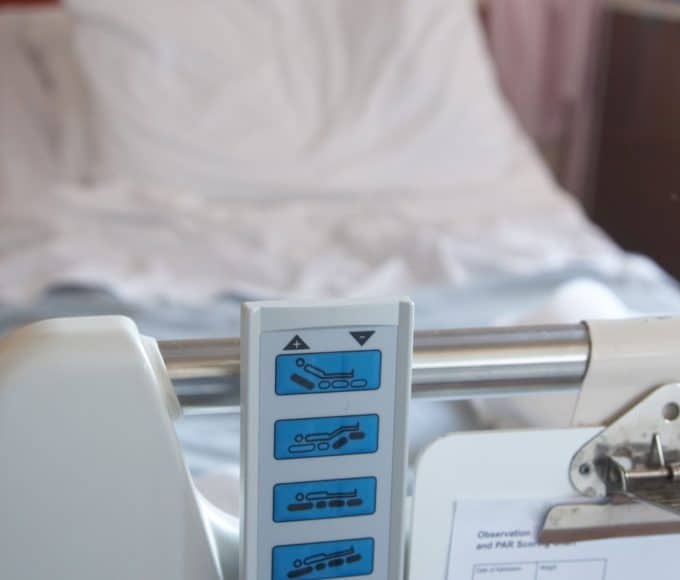According to a new study how old you look could be directly connected to your risk for heart disease. People with receding hairlines or balding, creases near the earlobes and eyelid bumps may be at a higher risk for heart trouble than people the same age that appear younger.
Researches in Denmark studied 11,000 people to determine the difference between chronological age and biological age. Beginning in 1976 researchers documented each subject’s appearance including counting wrinkles and crow’s feet. Over the next three decades 3,400 of the 11,000 participants developed some form of heart disease and 1,700 had heart attacks. The researchers found that each sign of aging caused a rise in the risk of heart problems, regardless of gender or family history of heart disease.
If a participant had three to four signs of aging, hair receding from the temple, balding at the crown, earlobe creases or lumps on the eyelids, their risk of heart attack went up 57% and they had a 39% greater chance of developing heart disease.
Eyelid bumps were found to be the biggest factor; these fatty deposits are often connected to cholesterol buildup. Baldness has been tied to heart disease in the past and is believed to have something to do with testosterone levels but the researches could not explain how earlobe creases were connected to an increased risk.
Regular signs of aging such as facial wrinkles and greying hair were not found to be an indication of heart disease.
This study helps illustrate that some obvious risk factors could be being overlooked by physicians. Dr. Kathy Magliato, a surgeon at Santa Monica’s St. John’s Health Center said that doctors need to pay more attention to visible signs of trouble, “We’re so rushed to put on a blood pressure cuff or put a stethoscope on the chest” that obvious signs may be missed.















